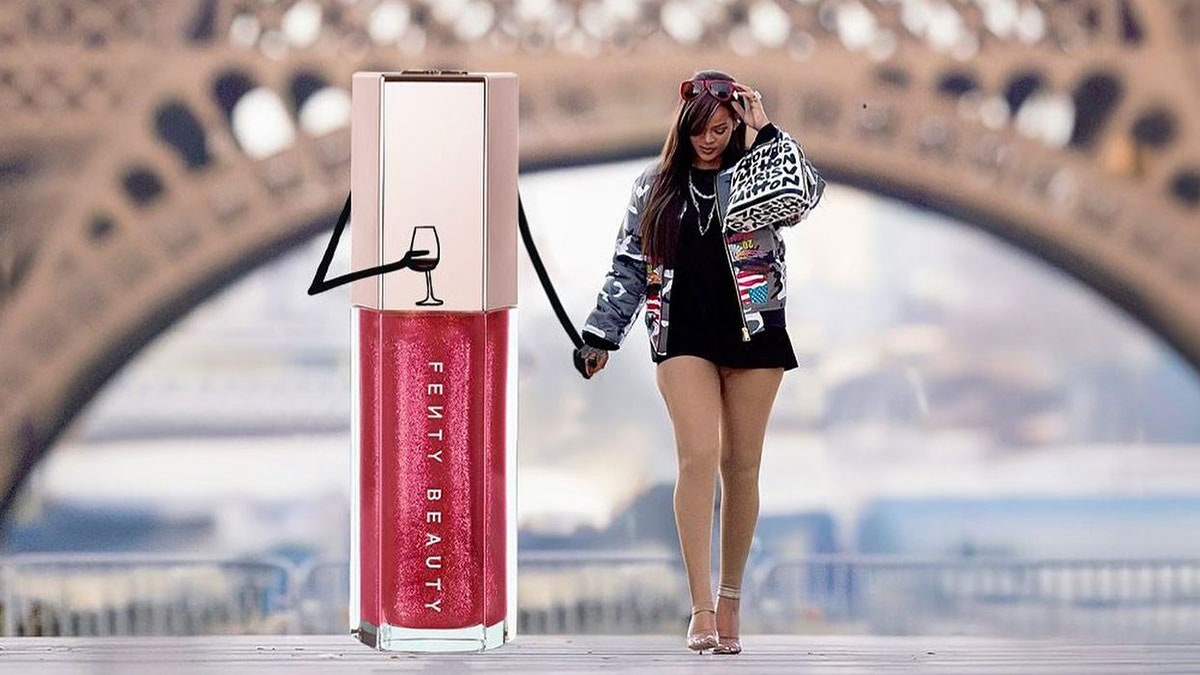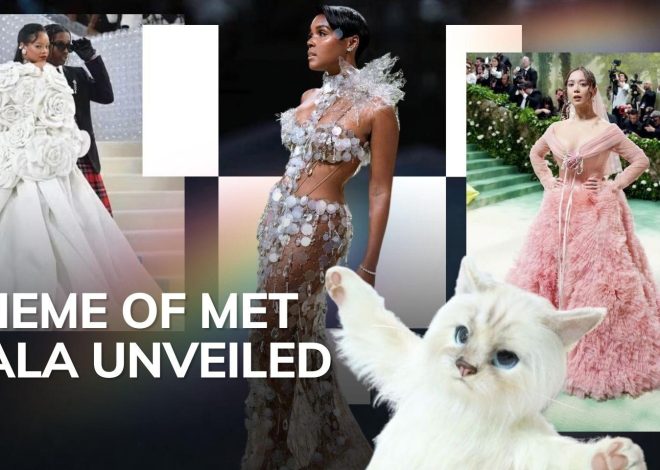
Are lo-fi ad campaigns the next big thing?
Sign up to receive the Vogue Business newsletter for the latest luxury news and insights, plus exclusive membership discounts.
Cosmetics marketing tends to follow a fairly rigid formula. In print, you’ll get a dewy-skinned model pouting softly at the camera; on video, a cinematic clip of Natalie Portman laughing in a wildflower meadow. The visual language is premium, sophisticated, aspirational — about as far as you can get from a clumsily edited, human-sized lip gloss holding a glass of wine.
So when Rihanna posted that very image last week to announce Fenty Beauty’s Olympics partnership (the sentient lip gloss was also holding Rihanna’s hand), people took notice. “I saw it and paused a meeting to say, ‘Look at this Fenty campaign, it’s so silly,’” says Steff Yotka, head of content at Ssense. “So it obviously worked.”
Fenty Beauty’s clip-arty shitpost is the latest example of fashion and beauty brands taking a deliberately lo-fi approach to social media — a tactic that’s been incredibly successful for some. So how long before the entire industry jumps aboard? And does the aesthetic have the legs to leap out of our phones and into more traditional ad campaigns?
Like so many others in fashion, this shift was propelled by Gen Z. Raised on social media, where ads are basically ‘optional’, it’s no surprise zoomers lose active attention for adverts quicker than any other generation. The answer? Platform-native content that doesn’t instantly register as marketing.
“Social media was invented for community,” says Lucy Finnegan, course leader for fashion marketing and content creation at the London College of Fashion (LCF). “Our students are much more engaged with brands they feel they have a dialogue with.”
For labels that understand digital culture — Praying, Pleasures, Aries, etc — speaking the language of the internet comes naturally and garners results. Relative to the size of their followings, you’ll see 10 times the engagement on an Online Ceramics reel aping so-called TikTok ‘sludge content’ (when a users’ clip is paired with unrelated footage in a split screen to boost engagement), than you will on a sophisticated — but ultimately very boring — traditional luxury ad featuring a model gazing into space.
Of course, this intentionally junky content doesn’t suit everyone, but “when it feels like an authentic expression of a brand, it works”, says Yotka.
By way of example, she mentions ‘im sorry’, a new capsule collection from photographer Petra Collins and designer Mimi Wade, whose Instagram account reads like a 2009 Tumblr feed. “Petra’s internet personality is so tapped in,” Yotka says, who launched the line on Ssense. “Having been in conversations with her, it feels like she downloaded and posted her brain.”

